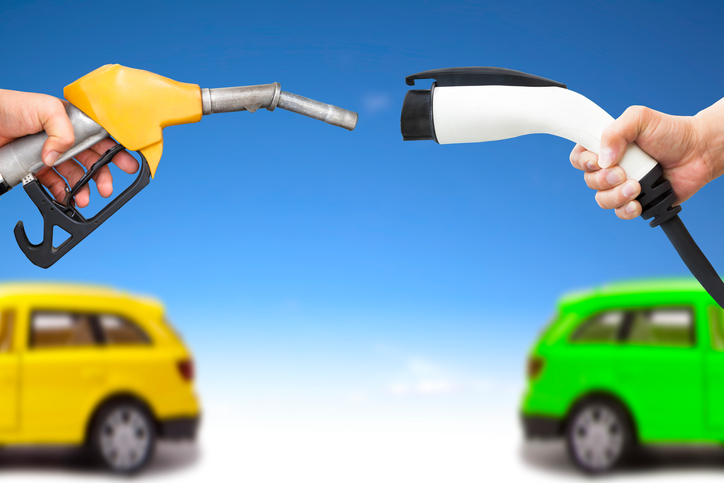Considering a Hybrid Vehicles Training Program? Here’s a Look at Hybrid Drivetrain Systems

Getting a car to go is a complicated process. Quite a few parts need to work together, but the bulk of the job belongs to the vehicle’s drivetrain system. A drivetrain system is made up of all the individual vehicle parts that work together to power a car’s wheels. Every vehicle will have a drivetrain system, including hybrids. In fact, hybrid systems have a few unique qualities worth knowing.
The drivetrain systems of hybrid vehicles are unique because not only do they operate with an internal combustion engine (ICE) like traditional vehicles, but they also operate with a battery pack.
Are you interested in enrolling in hybrid vehicle technology training? Read on for an introduction to the three different kinds of hybrid systems you might encounter.
A Look at Parallel Hybrid Drivetrain Systems for Students in Hybrid Vehicles Training Programs
Ever heard of the Honda Insight? If so, then you already know one example of a car with a parallel system. A parallel hybrid system sounds exactly the way its name would suggest. The ICE and battery pack sit parallel to each other and work together to power the vehicle. The wheels are connected directly to the ICE and battery, so less power is lost converting energy to the wheels. This makes parallel systems more efficient than series systems when it comes to highway driving.
As you may learn during your hybrid vehicles training program, the battery pack in a parallel system is typically much smaller than the battery found in a series system. This is because the ICE and battery work together, so less strain in placed on the battery.
A Look at Series Hybrid Drivetrain Systems for Students in Hybrid Vehicles Training Programs
Hybrids with a series system, otherwise known as extended-range electric vehicles, get their energy from the vehicle’s battery pack or the ICE. The battery and ICE don’t work together to produce energy. Instead, they work separately when called upon by a computer within the vehicle. Because of this configuration, you will likely find series systems to be much simpler than their parallel counterparts.
Professionals with training in automotive industry technology know a series hybrid system has its benefits. Battery packs are more efficient in heavy traffic than ICEs. When a vehicle is being driven in different kinds of traffic, the power source can be adjusted accordingly as the computer responds to driving conditions.
An Overview of Series/Parallel Hybrid Drivetrain Systems for Students in Auto Technology Training
A series/parallel drivetrain system is able to switch between both series and parallel approaches, adjusting for whatever suits driving conditions. A series/parallel system is generally more expensive than its counterparts, because of the complexity of its parts and the advanced computer needed to dictate which power source should be used. With that being said, it can pay off to have a series/parallel system, because it’s very fuel and energy efficient.
Are you interested in enrolling in auto technology training in Vancouver?
Contact Automotive Training Centres today to get started!

